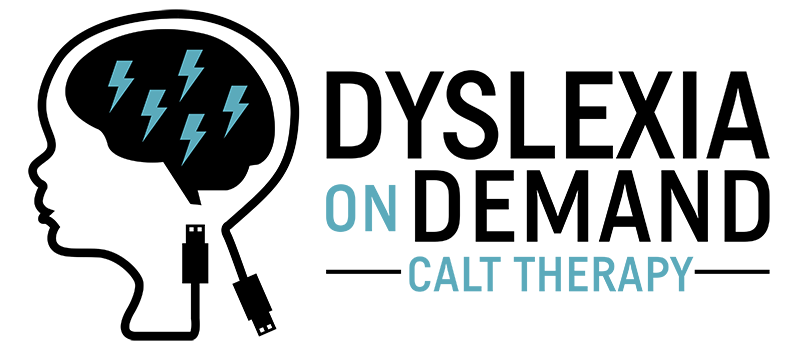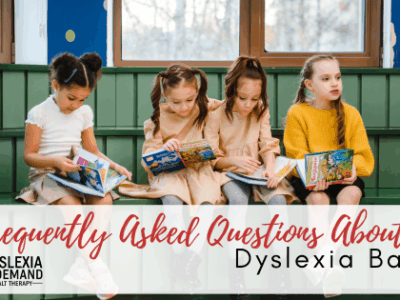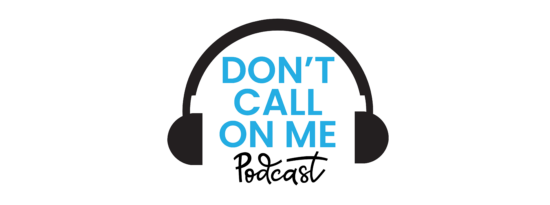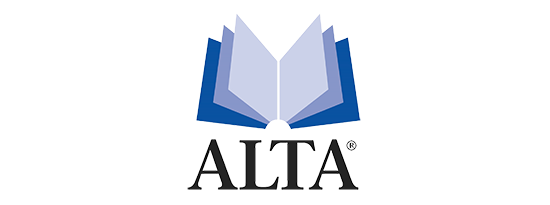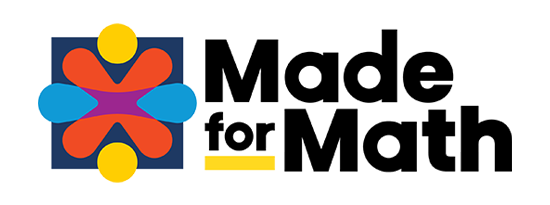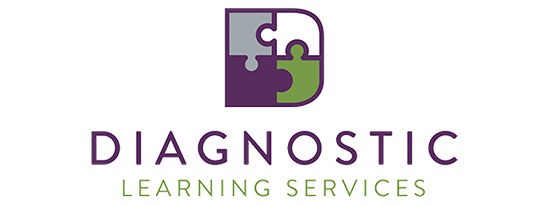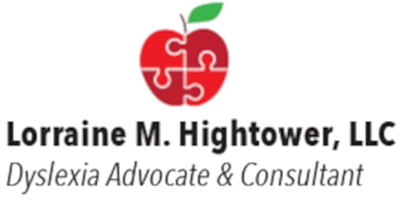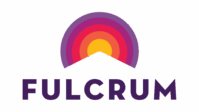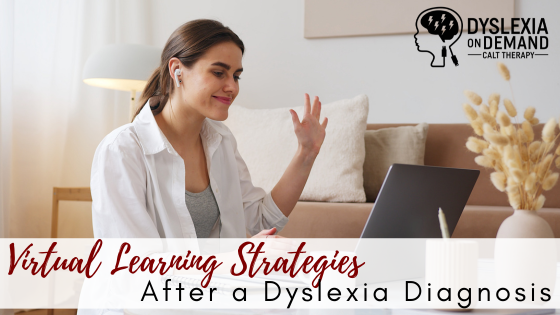
Virtual Learning Strategies After a Dyslexia Diagnosis
Executive Summary:
Virtual dyslexia therapy offers proven, research-based strategies that are as effective as in-person instruction—delivering flexible, personalized, and multisensory learning for every student. With Dyslexia on Demand, families gain access to expert CALTs, structured literacy programs, and consistent support designed to help children with dyslexia thrive.
When you’re a parent of school aged children, you have a lot of things to manage: reading logs, sports practice, music lessons, meals, rides, and more. When you’re a parent of a student with a dyslexia diagnosis, you may suddenly feel like you have much more to manage on your plate. It’s true–a dyslexia diagnosis can be overwhelming, but know that there is hope in the form of solutions for dyslexia.
Dyslexia on Demand is one of the organizations that can provide consistent, proven strategies to help your child with his or her dyslexia. We offer dyslexia therapy, testing, and literacy support for students. The format of virtual learning is something that can offer incredible benefits and flexibility for dyslexia students and their families — and published studies confirm it is as effective as in-person therapy. The virtual learning environment offers a vast array of tools, which allows for many possibilities to support dyslexic learners. With Dyslexia on Demand, you are maximizing the use of technology and getting tailored dyslexia therapy sessions to meet your student’s needs. Read on to learn more about virtual learning strategies after a dyslexia diagnosis.
Making use of multisensory learning approaches is essential. A multisensory approach is key when you’re working with a student with dyslexia. It is absolutely possible to achieve this in a virtual setting. Multisensory learning involves engaging multiple senses–visual, auditory, and kinesthetic–simultaneously while doing dyslexia work. Even through the virtual dyslexia therapy format, multisensory sessions can help to create stronger neural pathways in students. This kind of approach is designed to promote better information processing and retention in dyslexic students as well. Multisensory methods can include activities like interactive digital manipulatives and games, providing a hands-on feel, even when students are working virtually. A multisensory approach turns learning into an active, interesting process online.
One-on-one work with experts is powerful. When you do dyslexia therapy with Dyslexia on Demand, you work closely with specially trained professionals: Certified Academic Language Therapists (CALTs). Our online sessions for dyslexia therapy involve active response and engaging activities. These virtual meetings are visual and auditory, incorporating active responses for dyslexic learners, which helps to reinforce the strategies they are learning.
Virtual delivery of structured literacy programs is convenient. The systematic, explicit, and cumulative instruction that Dyslexia on Demand uses with its researched-based programs has proven successful for students. Part of this can be attributed to the consistency that is achieved through frequent, virtual therapy sessions that are held multiple times per week. When CALTs work with students on foundational reading skills like phonics, phonemic awareness, syntax, and semantics, we see great results. The Orton Gillingham based program–Take Flight–is a comprehensive intervention for students with dyslexia. It was developed to empower students with dyslexia to achieve and maintain better fluency, word recognition, and comprehension. Through virtual sessions, Dyslexia on Demand also aims to help students to transition from a therapy setting to a real world setting. In addition to academic skills, our goal is to nurture powerful personal skills like responsibility, independence, and self-advocacy in every child.
The synchronous nature of virtual learning is key. For students with dyslexia, having real-time instruction through virtual sessions can be highly effective for skills like reading and spelling. The immediate feedback and guidance from CALTs at Dyslexia on Demand is also beneficial. When students work with self-paced or pre-recorded solutions, the results just aren’t the same. Having live help from highly trained experts allows for consistency and clarity for students, which leads to better results over time. This also allows for individual intervention strategies for each student’s specific dyslexia challenges.
Even virtually, a social-emotional approach is possible. Dyslexia on Demand knows that basic tutoring sessions cannot treat the root problems of dyslexia. Instead, we implement evidence-based literacy instruction to help with the building blocks of reading, focusing on steady, personalized progress. However, we also take an approach that allows us to understand the bigger picture for students. Virtual, personal sessions allow for a social-emotional aspect of dyslexia therapy that sets Dyslexia on Demand apart.
Virtual sessions allow for connection. When you have a child with dyslexia, you’ll want to create a team of advocates to help you through the journey. Working with Dyslexia on Demand means that you are part of a community. We work to remain consistent through outreach and education. Visit our blogs, our YouTube videos, and connect with us by phone or email to stay in touch about your child’s progress.
Accessibility is a priority. Dyslexia on Demand has a mission to make dyslexia therapy accessible to all students–no matter their geographical limitations or lack of local qualified interventionists. With Dyslexia on Demand, CALTs are available to you through multiple sessions each week.
Every child has the right to become an academically successful lifelong learner. Let us help make that happen for your student. Get in touch with us to learn more.
FAQs
1. Is virtual dyslexia therapy as effective as in-person sessions?
Yes. Studies show that live, virtual sessions led by Certified Academic Language Therapists (CALTs) can produce the same or better outcomes than in-person therapy by combining structure, feedback, and flexibility.
2. How does Dyslexia on Demand use multisensory learning online?
Virtual sessions engage students’ visual, auditory, and kinesthetic senses through interactive tools, games, and structured literacy activities to strengthen reading and spelling skills.
3. What makes Dyslexia on Demand’s virtual program unique?
Beyond academic instruction, Dyslexia on Demand focuses on confidence, independence, and emotional support—creating a connected, compassionate learning environment for each child.
References
Academic Language Therapy Association. (n.d.). What is a Certified Academic Language Therapist (CALT)? https://www.altaread.org/
International Dyslexia Association. (2019). Structured literacy: Effective instruction for students with dyslexia and related reading difficulties. https://dyslexiaida.org/structured-literacy-effective-instruction-for-students-with-dyslexia-and-related-reading-difficulties/
International Dyslexia Association. (2017). Definition of dyslexia. International Dyslexia Association. https://dyslexiaida.org/definition-of-dyslexia/
Texas Scottish Rite Hospital for Children. (2020). Take Flight: A comprehensive intervention for students with dyslexia (Research summary). https://scottishriteforchildren.org/take-flight-a-comprehensive-intervention-for-students-with-dyslexia/
Fälth, L., Gustafson, S., Tjus, T., Heimann, M., & Svensson, I. (2013). Computer-assisted interventions targeting reading skills of children with reading difficulties: A longitudinal study. Dyslexia, 19(1), 37–53. https://doi.org/10.1002/dys.1450
Torgesen, J. K. (2006). Recent discoveries from research on remedial interventions for children with dyslexia. In S. Richardson & J. Gilger (Eds.), Research-based education and intervention: What we need to know (pp. 1–15). International Dyslexia Association. https://dyslexiaida.org/recent-discoveries-from-research-on-remedial-interventions-for-children-with-dyslexia/
Wood, S. G., Moxley, J. H., Tighe, E. L., & Wagner, R. K. (2018). Does use of text-to-speech and related read-aloud tools improve reading comprehension for students with reading disabilities? A meta-analysis. Journal of Learning Disabilities, 51(1), 73–84. https://doi.org/10.1177/0022219416688170
